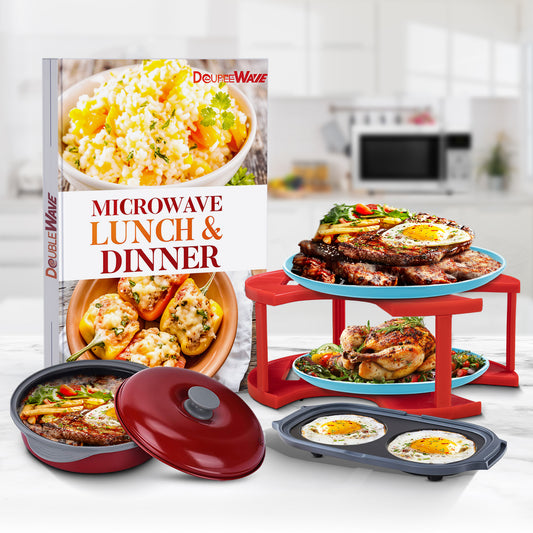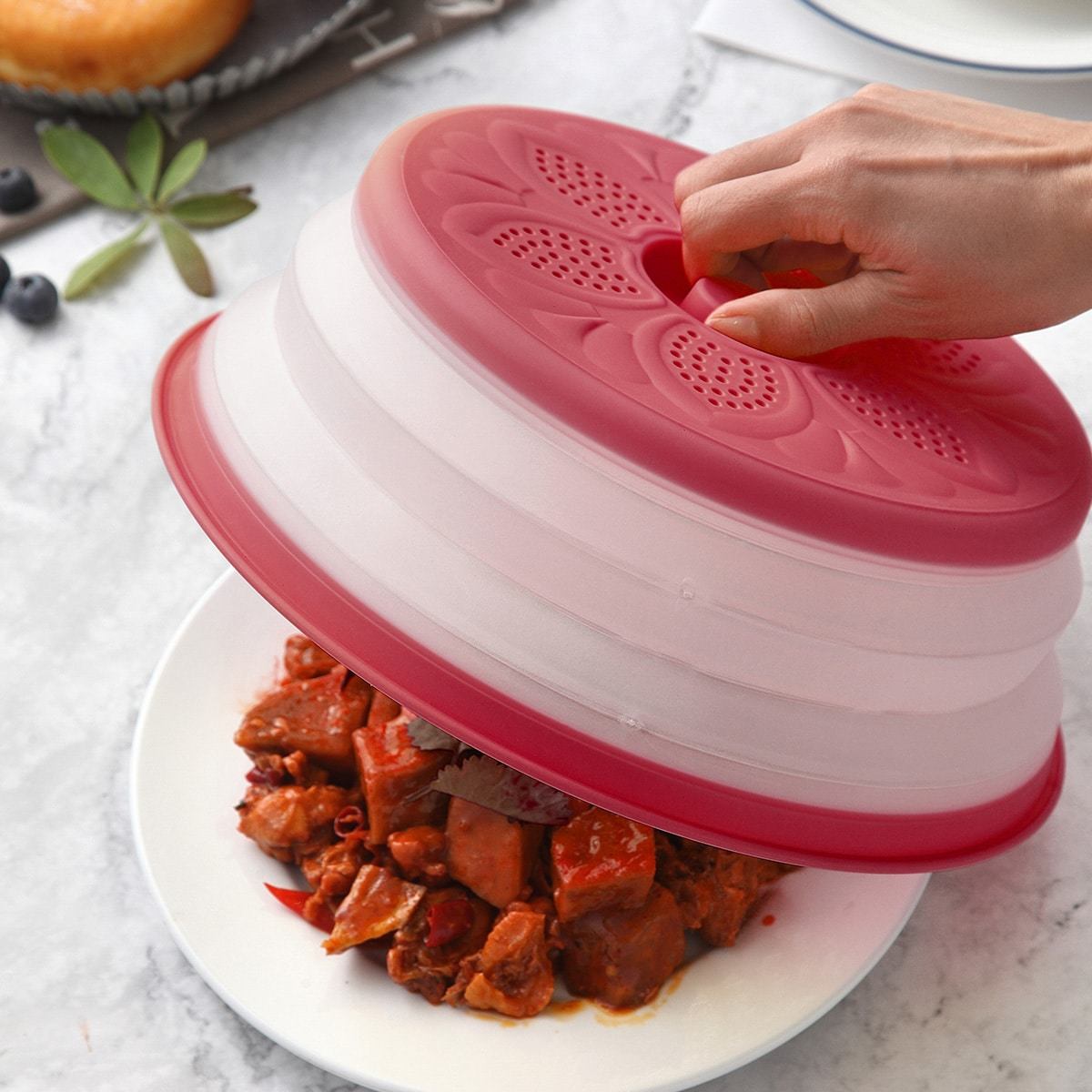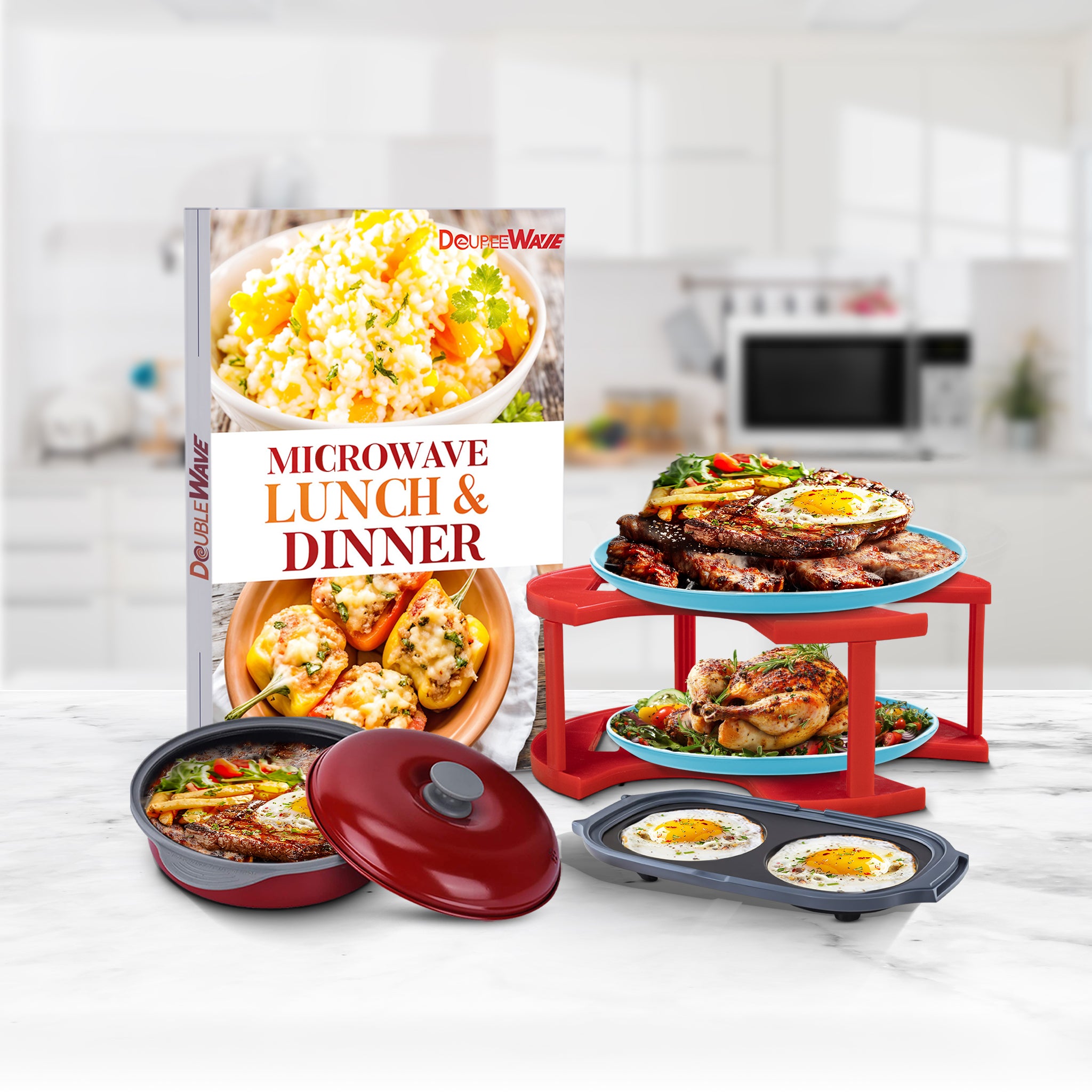Are Silicone Kitchen Utensils Safe? Safety, Durability, and Performance in Cooking
Silicone kitchen utensils are safe and are a popular choice due to their flexibility, non-stick properties, and ability to withstand a wide temperature range. Used in everything from spatulas to baking molds, their convenience makes them staples in many kitchens.
However, questions about their safety arise, such as chemical leaching under heat and the importance of food-grade silicone. This blog explores what silicone utensils are made of, their performance at various temperatures, and comparisons with other materials like wood, stainless steel, and plastic. We’ll also discuss their environmental impact, pros and cons, and key considerations to ensure safe and effective use in cooking.
What Are Silicone Kitchen Utensils Made Of?
Silicone is a synthetic polymer composed of bonded silicon, oxygen, carbon, and hydrogen, with silicon derived from silica sand, a naturally occurring element. This unique silicon-oxygen backbone gives silicone its flexibility, heat resistance, and non-reactive nature. Unlike plastic, which is carbon-based, silicone's composition ensures it remains stable under extreme conditions, making it ideal for kitchen and cooking applications.
Food-Grade Silicone and Its Properties
Food-grade silicone is a specialized type of silicone designed for safe use with food. It meets strict safety standards, including FDA approval, and does not contain harmful substances like BPA, phthalates, or other toxic additives. Its non-toxic and filler-free properties ensure it does not react with food, even at high temperatures. Food-grade silicone utensils are also resistant to odors, stains, and microbial growth, making them hygienic and long-lasting.
Common Uses of Silicone Kitchen Utensils: Silicone is widely used in a variety of kitchen tools and accessories (Foldable Microwave Cover ) due to its versatile properties. Some of the most common uses include:
Bakeware: Silicone baking molds, cupcake liners, and mats are prized for their non-stick properties and flexibility.
Cookware: Silicone is used in oven mitts, trivets, and lids, where its heat-resistant qualities are essential.
Utensils: Popular tools like spatulas, tongs, ladles, and whisks are often made from silicone because they are gentle on non-stick cookware, easy to clean, and highly durable.
Are Silicone Kitchen Utensils Safe for Cooking?
Silicone kitchen utensils are considered safe when made from FDA-approved food-grade silicone, which is specifically designed for direct contact with food. Food-grade silicone is non-toxic, free from harmful chemicals like BPA and phthalates, and meets strict safety standards. It is designed to withstand high temperatures without degrading or reacting with food, ensuring its reliability for a variety of cooking tasks. This certification guarantees that the material does not leach harmful substances into food under normal cooking conditions.
Chemical Leaching Under High Temperatures or Exposure to Fatty Substances
One of the primary safety concerns with silicone kitchen utensils is the potential for chemical leaching. High-quality silicone is chemically inert and does not leach harmful substances, even when exposed to high temperatures or fatty foods. However, low-quality silicone or products with fillers may degrade under extreme heat, releasing chemicals into food. Research suggests that food-grade silicone remains stable and safe for cooking, baking, and storing food, provided it is used within its recommended temperature range (up to 482°F or higher for most products).
Importance of Choosing High-Quality, Filler-Free Products
To ensure safety, it is crucial to select high-quality silicone utensils from reputable manufacturers. Look for products labeled as food-grade, FDA-approved, and filler-free. Fillers are often added to reduce production costs but can compromise the safety and durability of the utensil. A simple test to identify high-quality silicone is the twist test: twist the silicone item and check for white streaks, which indicate the presence of fillers.
How Do Silicone Utensils Perform at Different Temperatures?
Food-grade silicone is highly versatile, with the ability to withstand temperatures ranging from -40°F to 482°F (or higher). Some high-quality silicone utensils can even handle up to 572°F (300°C), making them suitable for a variety of cooking applications. This wide temperature range ensures that silicone retains its shape, flexibility, and non-stick properties in both hot and cold environments. This characteristic makes silicone one of the most durable materials for kitchen use, capable of transitioning seamlessly between the freezer and the oven.
Performance in Extreme Temperatures
- Freezer-Safe: Silicone utensils are ideal for freezing food, as they remain flexible and do not become brittle at low temperatures. They can be used for making and storing items like ice cubes, frozen desserts, or soups without cracking or losing their integrity.
- Microwave-Safe: Silicone is non-reactive and does not absorb microwaves, making it safe for reheating or cooking food in the microwave. It does not emit harmful fumes or melt when used within its temperature limits.
- Oven-Safe: Oven-safe silicone bakeware and utensils perform exceptionally well under high heat, making them suitable for baking, roasting, and other high-temperature tasks. Their non-stick surface also reduces the need for oil or grease, simplifying cooking and cleaning.
Potential Risks from Prolonged Temperature Exposure or Low-Quality Silicone
While food-grade silicone is stable across extreme temperatures, prolonged exposure to heat beyond its limit (e.g., above 482°F) can lead to material degradation, including discoloration, odor release, or a slight change in texture. Low-quality silicone products, especially those containing fillers, may warp, leach chemicals, or emit unpleasant odors when exposed to high heat or fat-rich foods. These risks highlight the importance of using filler-free, high-quality silicone utensils to ensure safety and durability.
Comparing Silicone with Other Kitchen Utensil Materials
Wood Utensils
Wooden utensils are valued for their natural and eco-friendly qualities. Made from materials like beechwood or bamboo, they are biodegradable and do not leach harmful chemicals into food. Their closed-grain surfaces prevent bacterial growth when properly maintained, making them safe for kitchen use. However, wood requires proper cleaning and care, including handwashing to prevent cracking and avoiding prolonged soaking in water. Wood utensils are best for tasks like stirring or flipping delicate foods but may lack the heat resistance and flexibility of silicone.
Pros:
Natural and environmentally friendly.
Gentle on cookware, especially non-stick surfaces.
Do not conduct heat, reducing the risk of burns.
Cons:
Require special care, such as regular oiling and handwashing.
Can crack, warp, or retain odors if not properly maintained.
Stainless Steel Utensils
Stainless steel utensils are known for their durability, heat resistance, and ability to withstand heavy-duty tasks. They are impervious to stains, odors, and chemicals, making them ideal for tasks like flipping, scraping, or stirring hot foods. Stainless steel utensils are dishwasher-safe and require minimal maintenance. However, they can be harsh on non-stick cookware, potentially causing scratches.
Pros:
Extremely durable and long-lasting.
Resistant to heat, stains, and chemical reactions.
Easy to clean and maintain.
Cons:
Can scratch non-stick surfaces.
Heavier and less flexible than silicone.
Plastic Utensils
Plastic utensils are affordable, lightweight, and widely available. They are often made from materials like polypropylene or nylon, which are gentle on cookware but have lower heat resistance compared to silicone or stainless steel. Plastic utensils may degrade under high heat, potentially releasing harmful chemicals like BPA or microplastics into food. Over time, they can become brittle, crack, or warp, reducing their lifespan.
Pros:
Budget-friendly and accessible.
Gentle on non-stick surfaces.
Available in a wide variety of shapes, sizes, and colors
Cons:
Lower heat tolerance and durability.
Potential for chemical leaching, especially with low-quality plastics.
Not environmentally friendly and contribute to plastic waste.
Pros and Cons of Silicone Kitchen Utensils
This table provides a clear comparison of silicone kitchen utensils' strengths and weaknesses for quick understanding.
| Pros | Cons |
|---|---|
| Non-Stick Properties: Prevents food from sticking, ideal for baking. | Recycling Challenges: Requires specialized facilities; not biodegradable. |
| Ease of Cleaning: Dishwasher-safe; resists stains and odors. | Cost: High-quality silicone utensils are more expensive than plastic. |
| Heat Resistance: Withstands temperatures from -40°F to 482°F. | Low-Quality Risks: Fillers may degrade, release odors, or leach chemicals. |
| Chemical Inertness: Non-toxic, BPA-free, and safe for food contact. | Flexibility Issues: May be less effective for heavy-duty cooking tasks. |
| Durability: Flexible yet resistant to cracking or warping. | |
| Gentle on Cookware: Safe for non-stick surfaces; prevents scratches. |
Conclusion
Silicone kitchen utensils are safe, versatile, and reliable when made from food-grade, filler-free silicone. Their heat resistance, non-toxic nature, and ease of cleaning make them ideal for modern kitchens. By choosing high-quality products and following proper use guidelines, silicone utensils provide a durable, safe option for cooking and food preparation.
Frequently Asked Questions
Are Silicone Utensils Safer Than Plastic or Metal?
Yes, silicone utensils are generally safer than plastic. Unlike plastic, silicone does not release harmful chemicals like BPA or phthalates when exposed to heat. Compared to metal, silicone is gentler on non-stick surfaces and doesn’t conduct heat, reducing the risk of burns. However, metal is more durable for heavy-duty tasks.
Do Silicone Utensils Leach Chemicals Into Food?
High-quality, food-grade silicone is chemically inert and does not leach harmful substances into food, even at high temperatures. Low-quality silicone with fillers may degrade under extreme heat, so it’s important to choose filler-free products from reputable manufacturers.
What Is the Best Way to Clean Silicone Utensils?
Silicone utensils are typically dishwasher-safe, making cleaning simple. For stubborn stains or odors, soak them in warm soapy water or use a baking soda paste to remove residue. Avoid using abrasive scrubbers, which could damage the surface.
How Do I Ensure I’m Buying High-Quality Silicone Products?
Look for utensils labeled as FDA-approved food-grade silicone and ensure they are filler-free. Reputable manufacturers provide clear product information. You can also perform a twist test: twist the silicone, and if white streaks appear, it likely contains fillers.
Can Silicone Utensils Withstand Extreme Heat Without Degradation?
Yes, food-grade silicone is heat-resistant, handling temperatures up to 482°F or higher without melting or degrading. However, prolonged exposure to heat beyond its recommended range may cause discoloration or loss of flexibility. Always follow the manufacturer’s temperature guidelines for safe use.










